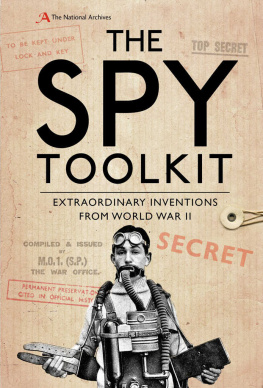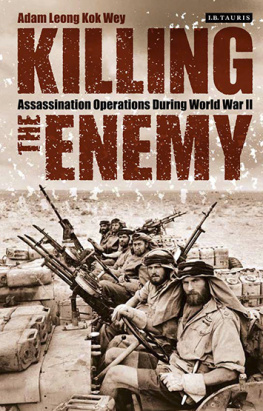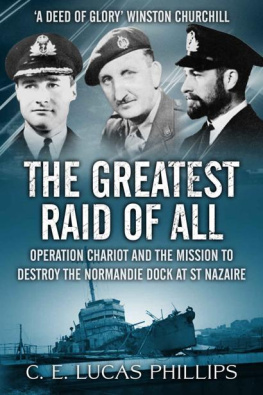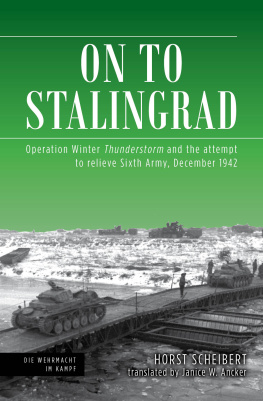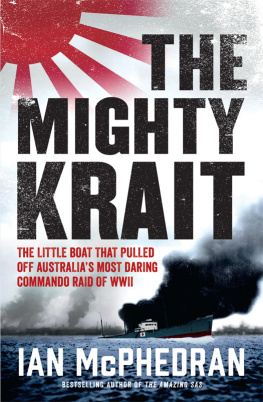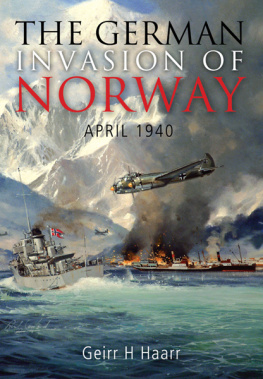
OSPREY PUBLISHING
Bloomsbury Publishing Plc
PO Box 883, Oxford, OX1 9PL, UK
1385 Broadway, 5th Floor, New York, NY 10018, USA
E-mail:
www.ospreypublishing.com
This electronic edition published in 2019 by Bloomsbury Publishing Plc
OSPREY is a trademark of Osprey Publishing Ltd
First published in Great Britain in 2020
Crown Text The National Archives, 2020
Crown Images The National Archives 2020 except where images are otherwise credited.
The National Archives has asserted its right under the Copyright, Designs and Patents Act, 1988, to be identified as Author of this work.
All rights reserved
You may not copy, distribute, transmit, reproduce or otherwise make available this publication (or any part of it) in any form, or by any means (including without limitation electronic, digital, optical, mechanical, photocopying, printing, recording or otherwise), without the prior written permission of the publisher. Any person who does any unauthorised act in relation to this publication may be liable to criminal prosecution and civil claims for damages.
A catalogue record for this book is available from the British Library.
ISBN: 978-1-4728-2996-2 (eBook)
ISBN: 978-1-4728-2994-8 (ePDF)
Index by Zoe Ross
Page layout by Myriam Bell Design, Shrewsbury, UK
Front cover (top): Infantry of 11th Armoured Division advance near Eterville, Normandy, 29 June 1944.
The division went on to support the right flank of Operation Market Garden. (Sgt Laing/ Imperial War Museums via Getty Images)
Front cover (bottom): An RAF Lysander reconnaissance plane, 25 October 1941.
(Haywood Magee/Picture Post/Getty Images)
Osprey Publishing supports the Woodland Trust, the UKs leading woodland conservation charity.
To find out more about our authors and books visit www.ospreypublishing.com. Here you will find our full range of publications, as well as exclusive online content, details of forthcoming events and the option to sign up for our newsletters. You can also sign up for Osprey membership, which entitles you to a discount on purchases made through the Osprey site and access to our extensive online image archive.
CONTENTS
INTRODUCTION
World War II in Europe was fought over land, sea and air for six long years between 1939 and 1945, yet one way to look at the conflict is as a series of missions which influenced the ebb and flow of the war. In fact, the fighting was not always continuous and was sometimes unplanned during those years the Phoney War in 1939 surely demonstrates that but comprised many different missions which were often meticulously organized and highly dangerous. It is these missions, as opposed to the overarching campaigns of the war, which are the subject of this book.
The National Archives at Kew holds fascinating files on the raids and missions described in this book. From well-known raids such as Operation Chastise the Dam Busters raid to lesser known but perhaps no less significant ones such as Anthropoid the assassination of high-ranking Nazi official Reinhard Heydrich this is a compilation of just a few of the missions that took place during World War II. What they all had in common was intensive planning that went into the operations, and an element of danger. Indeed, some operations were considered so dangerous that they were never seriously put into practice, such as Foxley the planned assassination of Hitler, which was permanently shelved in 1945 as the war came to an end. This British Special Operations Executive (SOE) mission was to involve a sniper attack on Hitler at his Berghof retreat; needless to say it was not a task from which the assassin was expected to return alive. More outlandish possibilities are outlined in the original files, such as a suggestion to poison the Fhrers tea. The sheer personal risk and physical endurance required for many of these missions is evident from other examples, such as Operations Grouse, Freshman, Swallow and Gunnerside. This was the sabotage of Nazi heavy water installations in Norway, carried out by SOE and the Norwegian resistance and later immortalized in the 1965 film The Heroes of Telemark. The immense danger in wrecking Nazi plans for an atom bomb is borne out by the toll that the raid took; those captured by the Germans were executed.
The missions in this book were driven by high-level strategy, and could be said in some cases to have dictated the course of the war itself although there is also ongoing debate about whether some of the raids met their actual objectives. Not all were considered to be unalloyed successes when compared with the original objectives, although many did achieve what they had set out to do. Claymore, a raid on Norways Lofoten Islands in 1941, was a complete success with factories, Axis shipping and oil tanks destroyed. It was part of a series of raids on Norway during the war, which formed part of Churchills strategy of keeping the Germans on high alert, with no knowledge of where the Allies would strike next. Operation Catechism came about after numerous attempts to sink the mighty German battleship Tirpitz; amongst these attempts was Operation Source, where the Royal Navy used mini-submarines to put Tirpitz out of action for six months. Nevertheless, the job had to be completed and in 1944 a huge air raid by the RAF finally sank Tirpitz. The famous raid on the Ruhr dams by the RAFs 617 Squadron came at a time in the war when Allied bombing raids on Germany were becoming much more frequent. Operation Chastise damaged or destroyed a number of dams in the Ruhr valley which were important for German industry and hydro-electricity, and in itself was a boost to morale back in Britain.
The planning that went into many of the missions was intense. Jubilee, which was the infamous raid on Dieppe in 1942 by Combined Operations, shows how incredibly detailed maps were produced to guide the mission. In Biting the attempt to capture a German radar at Bruneval the plans went further and a scale model of the site was devised, made out of rubber and depicting the terrain right down to every shrub, fencepost and rock. This level of planning gave those who participated in the raid the confidence of knowing what they were parachuting into. Some of the more bizarre preparations were carried out as part of Mincemeat, the now famous plan to deceive the German high command into thinking that the Allies main military thrust in the Mediterranean as part of their second front would be through the Balkans, rather than through Sicily. This involved full-scale deception and the forging of sensitive documents detailing the Allies plans, which were placed on a genuine body procured from St Stephens Hospital, Fulham, and deposited at sea for the Germans to find. The idea was that these documents would be passed up the German chain of command to Hitler, thus deceiving him as to the Allies intentions. A bank overdraft and theatre tickets, as well as letters purporting to be to Gen Dwight D. Eisenhower, were convincingly used to this purpose.
The missions here are arranged according to the various wartime organizations which sponsored them. Combined Operations and SOE are perhaps best known for these, and a selection of their most famous operations are included in begins with the earlier SOE missions such as Anthropoid



